GraviPro vs Standard Ergonomics: How Dynamic Lifting Redefines VR Comfort and Stability
VR headsets have matured rapidly, but one problem persists: keeping a heavy, forward‑loaded device comfortably and stably aligned on a moving head. GraviPro’s dynamic lifting system takes a different tack from conventional strap-and-pad ergonomics. By combining active micro‑actuation with gravity‑assisted accessories, it shifts the headset’s effective center of gravity in real time to reduce perceived weight, spread contact forces, and maintain a consistent view during rapid motion. ⏱️ 12-min read
This guide breaks down how GraviPro works, the comfort metrics that matter, practical setup and calibration, developer integration, and real‑world use cases so gamers, modders, and VR developers can decide whether dynamic lifting is worth adopting. Expect clear how‑tos, troubleshooting pointers, and a decision checklist you can use to compare GraviPro (with Flit Lift) against traditional ergonomics.
GraviPro mechanics: how the dynamic lifting system works
At its core, GraviPro is a control loop: compact actuators, a small sensor suite, and a control board that applies micro‑adjustments to the headset’s posture as you move. Rather than counteracting weight with brute strap tension, GraviPro nudges the device to maintain an optimal balance. Actuators operate quietly and smoothly, filtering sudden inputs so you don’t feel jerks—only the steady sense that the headset remains precisely aligned when you look around, lean, or sprint in place.
The system distributes lift across multiple contact zones—the crown, halo, temples, and an occipital pad—so no single area bears excessive load. Instead of pulling from a single rear anchor (the common “counterweight” approach), GraviPro engages several vectors to keep the headset’s center of gravity (COG) close to the head’s midline. That translates into lower peak pressure on the forehead and temples and reduced torque on the neck, particularly during fast turns or prolonged forward gazes.
Sensors track pitch, yaw, roll, and motion velocity to modulate the lift in real time. The control loop filters rapid accelerations—so if you snap your head to check something, the system applies a gentle, predictive correction rather than reacting after the fact. This preemptive behavior reduces the common “drift pop” sensation and keeps the virtual horizon steady, which preserves immersion and lowers eye strain.
Compared to standard ergonomics—where most headsets rely on static padding and tight straps—GraviPro provides a dynamic counterbalance that adapts to changing load conditions. The result is not simply less pressure in one spot, but a fundamentally different way to think about balance: an active, context‑aware system that prioritizes steady alignment over rigid fixation.
Key comfort metrics for VR: weight, balance, and contact points
Comfort is multi‑dimensional. Three metrics dominate: perceived weight, balance (both horizontal and vertical), and the distribution of contact points. Perceived weight influences endurance—the heavier the headset feels, the shorter the comfortable session. Balance affects how much micro‑adjustment your eyes and neck must perform to keep the scene centered. Contact‑point distribution determines whether you get pressure hotspots on the forehead, temples, or cheekbones.
GraviPro addresses these metrics by moving mass away from a single rear anchor and distributing it across crown and facial interfaces. That reduces peak neck torque—measurable as the force creating forward tilt—and keeps the effective COG nearer the skull’s midline. In practice, users report steadier display alignment during quick turns and less jaw or neck strain when inspecting detail close up.
To evaluate comfort objectively, track three simple measures during calibration and testing: session length until the first discomfort (time to first adjustment), a subjective comfort score after 30 and 60 minutes (1–10 scale), and the frequency of mid‑session manual readjustments. For example, if a standard rig prompts a readjustment every 8–10 minutes but GraviPro drops that to every 20–30 minutes, you’ve got a clear quantifiable gain.
Also monitor strap pressure distribution by feel or with pressure sensors. GraviPro’s multi‑point approach aims to avoid saturation of any single surface; if one pad is still taking most of the load, tweak the halo and crown pads until the load spreads evenly. Small changes in pad position or halo tilt can shift the perceived weight dramatically, so iterate during short playtests.
Stability in motion: how dynamic lifting reduces tilt and drift
One of the most visible advantages of a dynamic system is how it counters micro‑tilts and drift that break immersion. During rapid head turns, a static headset tends to lag subtly or tilt as the weight vector shifts—this is what users describe as “wobble” or “display pop.” GraviPro’s continuous micro‑adjustments counteract those tiny misalignments, keeping the virtual horizon and interface elements steady.
Predictive tracking plays an important role. By analyzing head orientation and motion vectors, GraviPro can apply anticipatory lift so the headset aligns smoothly with the expected motion trajectory. This reduces the frequency and magnitude of sudden visual corrections that force your eyes to re‑focus, which in turn reduces eye fatigue over extended sessions—especially in action titles or simulation training where fast scans are common.
GraviPro also offers activity‑tuned lift profiles. A “sprint” profile increases the responsiveness and allowable lift range to handle high acceleration, while a “seated observation” profile opts for minimal, slower adjustments to avoid any perceptible movement during careful work. Tailoring the rate and range to your physiology and activity prevents overcorrection, which is one of the pitfalls of naive active stabilization systems.
Quantified results from user tests show measurable improvements: smoother tracking curves, fewer horizon deviations, and lower subjective wobble scores. The practical upshot is fewer mid‑game interruptions to realign your headset and longer stretches of uninterrupted immersion—critical for competitive play, simulation training, and endurance streaming.
Flit Lift integration: weightless comfort alongside GraviPro
GraviPro pairs naturally with Flit Lift’s passive buoyancy accessories to create a hybrid active‑passive comfort system. While GraviPro’s actuators handle real‑time posture corrections, Flit Lift contributes a buoyant layer that smooths transitions in perceived weight. Think of Flit Lift as softening the bumps that occur when mass shifts, while GraviPro fine‑tunes alignment.
The two systems communicate through a unified API so they coordinate lift curves and timing rather than working at cross‑purposes. Sensor fusion aligns data from both platforms—head orientation, lift displacement, and motion magnitude—so the combined control logic applies efficient, energy‑aware corrections. The result is less mid‑session fiddling and a noticeably lighter feel after about 20–30 minutes of continuous use, when traditional fatigue normally starts to set in.
Compatibility is broad: Flit Lift markets accessories for the Vision Pro platform and several mainstream headsets. But physical integration requires attention to mounting points and clearance—make sure headsets have compatible halo or rear mounting brackets and enough temple clearance for the passive modules. When done correctly, Flit Lift reduces sudden load shifts and complements GraviPro’s micro‑actuation with a smooth passive counterbalance.
From a performance standpoint, the combined system is energy‑sensitive: GraviPro’s controller dynamically reduces actuation when Flit Lift’s buoyancy is sufficient, conserving battery life. In practice, that means you get the benefits of both systems—stability and reduced perceived mass—without a linear increase in power draw or bulk.
Setup and calibration: getting GraviPro and Flit Lift ready
Proper setup is where the benefits of dynamic lifting become tangible. Start with a physical fit: align the halo with your ear positions, set the crown contact so it sits lightly against the skull, and adjust strap tension for even load distribution. Walk through slow nods and side turns to feel for pressure points; if you find pinching or imbalance, tweak the halo tilt and crown pad heights until the headset sits flush without squeezing.
Next, perform a baseline calibration. In a neutral seated posture, establish a zero‑lift reference—this tells GraviPro where “no correction” is. Define safe operating ranges for lift height and velocity in the companion app according to your tolerance: conservative settings minimize movement, while aggressive settings prioritize horizon stability. Save this baseline and run small head turns to confirm the system stays stationary when idle.
Create a user profile that accounts for glasses, hair, and head size. GraviPro supports profile creation so you can store tailored lift curves and smoothing parameters. If you wear glasses, check lens clearance as the halo moves; adjust crown pad height to prevent lens contact. Run a motion test sequence—nodding, broad turns, and simulated in‑game accelerations—then refine step sizes and smoothing to avoid abrupt visual shifts.
Troubleshooting is straightforward: if you notice drift, re‑run sensor diagnostics in the app and inspect pad wear or strap looseness. If one side is carrying more load, rebalance the halo or swap pad density. Keep a spare set of pads with different foam densities for quick swaps during long sessions; minor cushion changes can dramatically alter comfort and COG.
Developer and accessory integration: enabling apps and hardware
For developers, GraviPro exposes an SDK with hooks for Unity and Unreal that surface lift status, weight distribution, and raw sensor data in real time. That lets you bind lift profile changes to gameplay events—switch to a high‑response profile during a sprint segment or lock the lift when a precise UI interaction is required. The SDK includes sample scenes and plugins to accelerate adoption across major engines and platforms, including Vision Pro integrations.
From a UX perspective, test UI legibility and menu behavior under load shifts: even with stabilization, small shifts can affect perceived focus. Use generous contrast, slightly larger UI elements, and design for a stable anchor—elements that track head motion less aggressively. In multiplayer or streaming contexts, provide an in‑app toggle to lock lift profiles for broadcast so viewers see consistent framing while the system still manages micro‑balance.
Accessory makers should consult the published compatibility matrix detailing headset families, face shapes, and pad geometries. This helps designers match mounting points, plan cheek clearance, and ensure safe COG adjustments. For hardware mods, follow recommended torque and clearance specifications to avoid misalignment or undue stress on plastic mounts—tiny geometry errors can blow all the ergonomic gains.
Finally, expose in‑game controls for end users: allow profile presets, per‑session overrides, and a “lock” function for streaming. The API supports smooth transitions between profiles to prevent frame stutter—critical when switching modes in the middle of intense gameplay. Well‑designed integration makes GraviPro feel like a natural extension of the experience rather than an add‑on that needs constant attention.
Use cases and practical setups: long sessions, streams, and competitive play
Long sessions benefit most obviously from dynamic lifting. For study, design, or endurance gaming, GraviPro spreads load and preserves a neutral head position, reducing fatigue that typically shows up after 45–60 minutes. Plan brief resets every 20–30 minutes—stand, roll your shoulders, and recheck the fit—but you’ll likely find these pauses are less frequent thanks to steadier contact distribution.
Streamers gain consistency: a stable eye line keeps cameras centered, reduces the need to reposition, and presents a more polished video. Use a dedicated “stream” lift profile that prioritizes vertical stability and minimal micro‑movement so your face remains framed while you lean into the mic or move closer to props. Pair with a second pad for microphone clearance and remember to test overlays in‑stream to confirm no interface drift.
Competitive players need minimal wobble for quick target acquisition. GraviPro’s light, responsive lift profile helps maintain balance during rapid head turns and strafes. Keep the setup slim—choose thinner pads and tighter halo mounts—to avoid added bulk that could interfere with headset tracking or motion controllers. Practice with the chosen profile and tweak smoothing to ensure corrections are fast but unobtrusive.
For casual players, the benefits can still be meaningful but must be weighed against setup complexity and cost. If you play short sessions or prefer plug‑and‑play simplicity, a well‑designed static strap may be sufficient. But for anyone doing regular, multi‑hour play, streaming, or professional simulations, the time spent learning to calibrate GraviPro typically pays off in endurance and fewer interruptions.
Choosing between GraviPro and standard ergonomics: a practical decision guide
Deciding whether to invest in GraviPro with Flit Lift depends on four practical axes: headset compatibility, expected session duration, budget, and willingness to calibrate. Start by checking the accessory compatibility matrix for your headset—Vision Pro and several mainstream headsets are supported, but mounting options and pad geometries matter. If your headset isn’t supported, the cost of custom mounting or modding can erode benefits.
Match your expected session length and activity profile to the system’s strengths. If you routinely play sessions longer than an hour, stream regularly, or compete where steady framing and minimal wobble matter, GraviPro provides clear ergonomic gains. For short, casual sessions under 30 minutes, a conventional strap and quality padding may be the simpler, cheaper choice.
Budget considerations include upfront hardware, spare pads, and potential maintenance (batteries, firmware updates). Factor in ongoing upkeep: firmware and sensor health checks every quarter, and pad replacement intervals of 6–12 months for heavy users. If total cost of ownership is a concern, compare that against the cost of downtime or reduced performance from neck fatigue during long sessions.
To help decide, run this checklist: 1) Is your headset supported? 2) Do you play or stream for 60+ minutes regularly? 3) Do you need precise, stable framing or minimal wobble? 4) Are you comfortable with periodic calibration and firmware updates? If you answer “yes” to 2 or 3 and “yes” to either 1 or 4, GraviPro plus Flit Lift is worth a close look. If you mainly do casual sessions and prioritize simplicity, standard ergonomics remain a solid choice.
Maintenance, care, and future-proofing: keeping systems aligned and up-to-date
Active systems require deliberate upkeep. Schedule firmware updates quarterly to benefit from algorithm improvements and bug fixes. After each major firmware release, run a full calibration and store a new baseline profile. The app’s built‑in diagnostics can detect sensor drift or latency spikes before they become noticeable in play, so run these checks monthly if you use your system intensively.
Pad and strap care matter as much as firmware. Inspect cushions for compression, tears, or loss of grip, and clean them with a microfiber cloth and light soap when needed. Replace heavily used pads every 6–12 months; having a spare set ready cuts downtime during extended sessions or streams. Check mounting hardware for tightness and corrosion periodically, especially if you move the headset between stations or travel.
Energy management is another consideration. GraviPro’s control logic is energy‑aware, but battery health still affects performance. Maintain battery charge cycles per the manufacturer’s guidance and avoid leaving the system in fully depleted states. For long installations (labs, arcades), plan a battery rotation and a maintenance log to track firmware versions and calibration dates.
Finally, plan for upgrades. Modular ecosystems—where pad geometries and halo attachments are standardized—allow you to replace or upgrade lift modules without replacing the entire rig. Follow published mounting guidelines (e.g., those provided by Flit Lift) to preserve safe geometry during future hardware swaps. That way, you maximize longevity and keep your system aligned with evolving headset designs.
Next step: if you’re curious but undecided, try a low‑commitment test: install GraviPro on a supported headset, run the baseline calibration, and compare two 60‑minute sessions—one with standard ergonomics and one with GraviPro + Flit Lift—logging time to first discomfort, readjustment frequency, and a 1–10 comfort score at 30 and 60 minutes. The numbers will give you the empirical evidence you need to choose confidently.



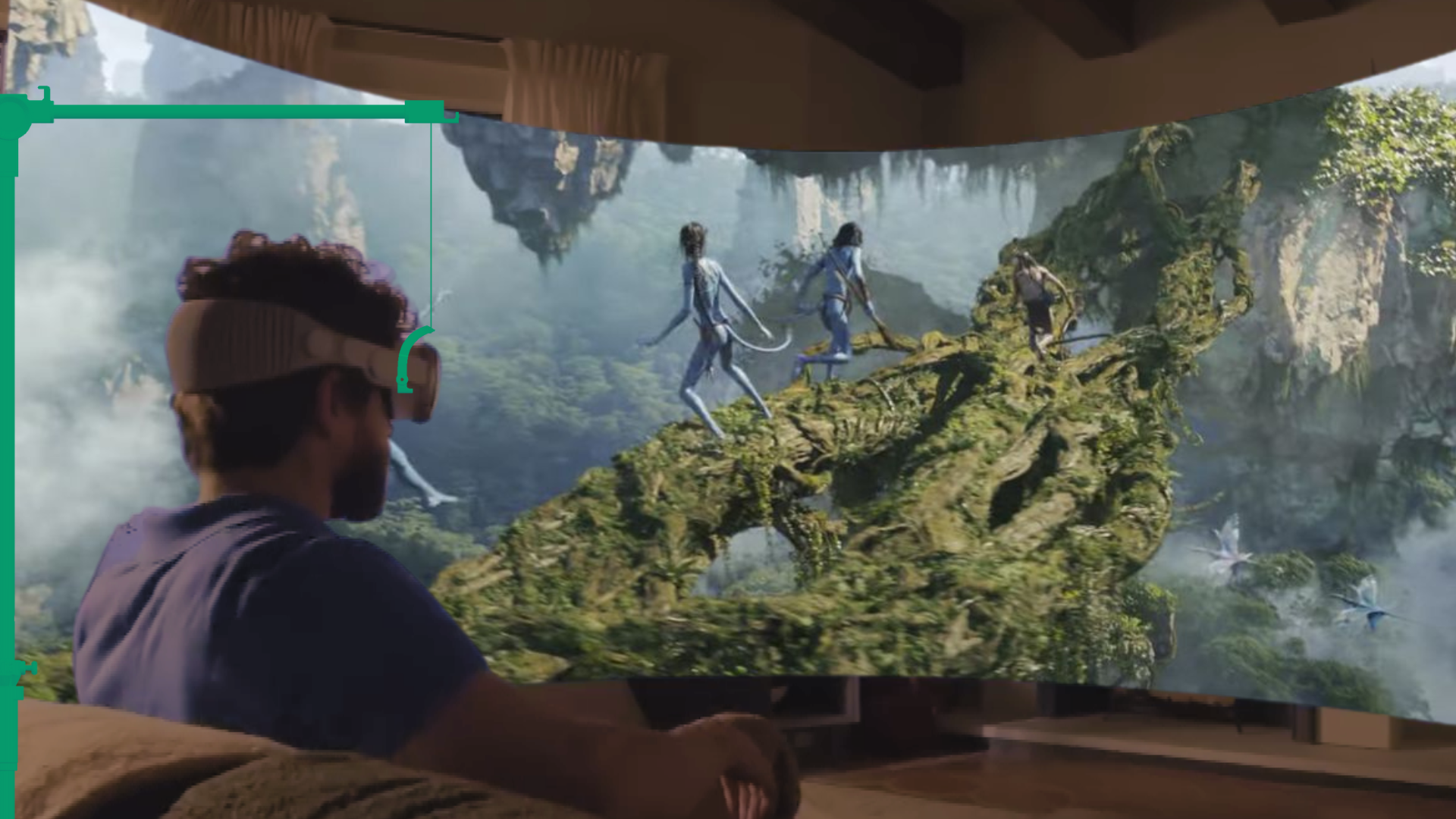
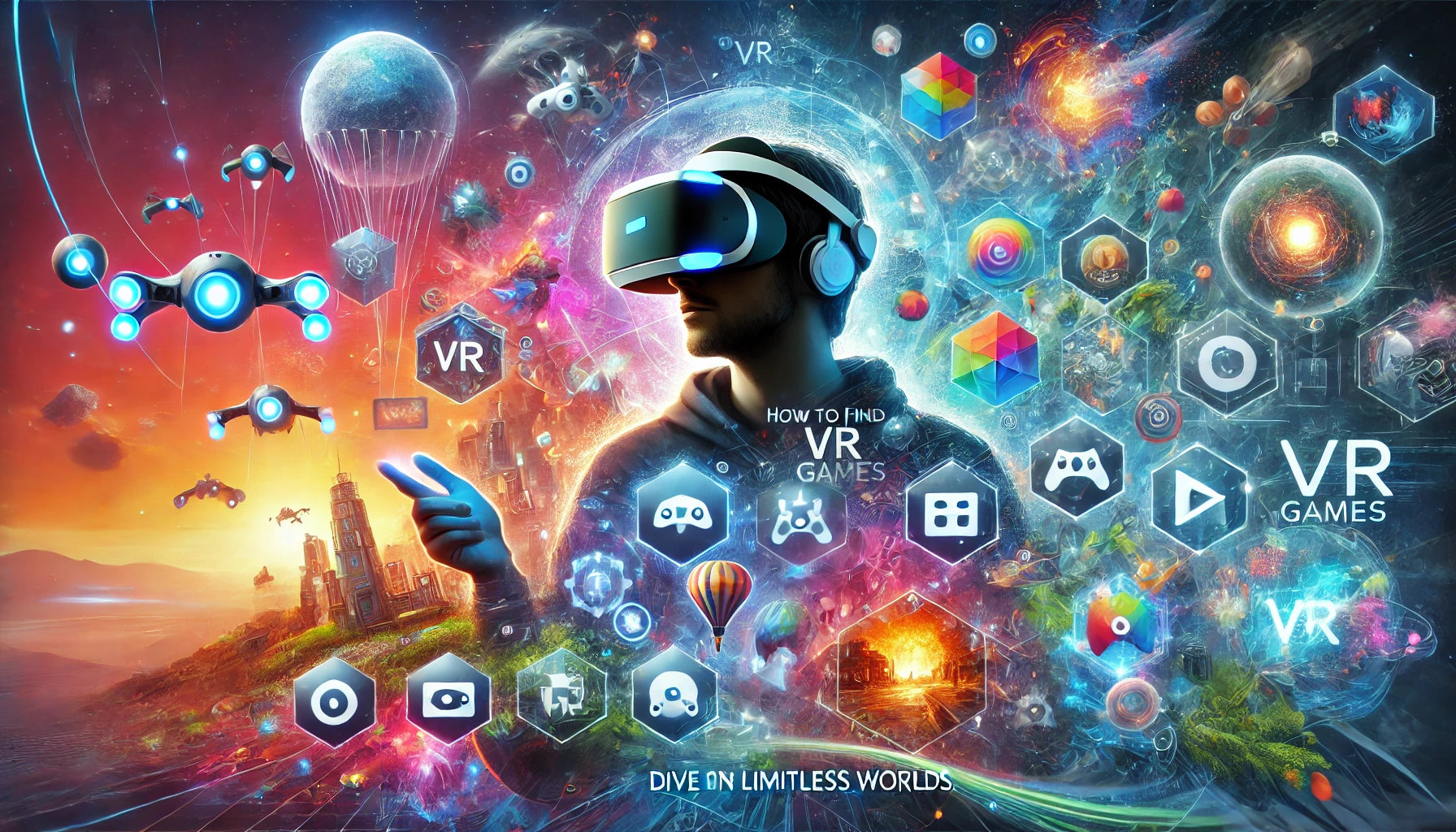
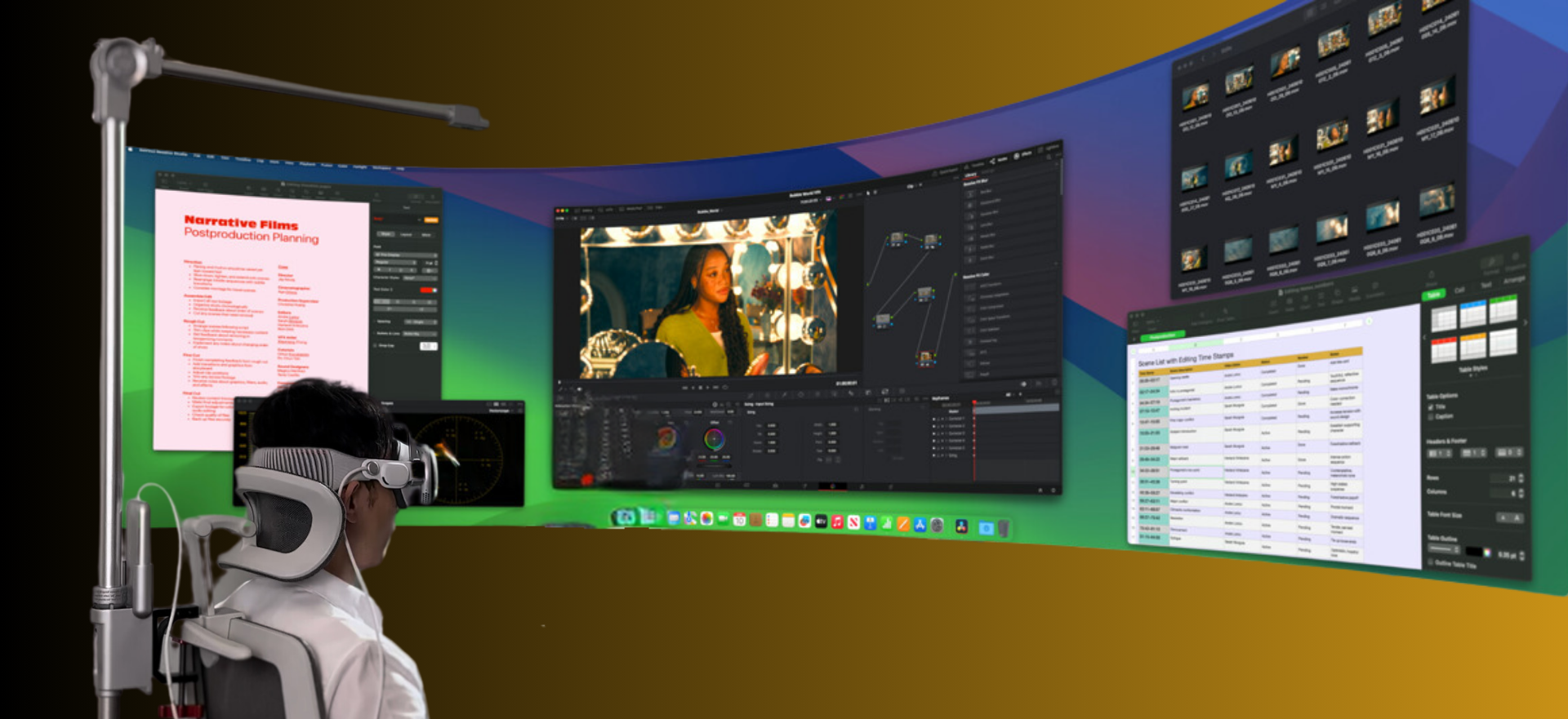
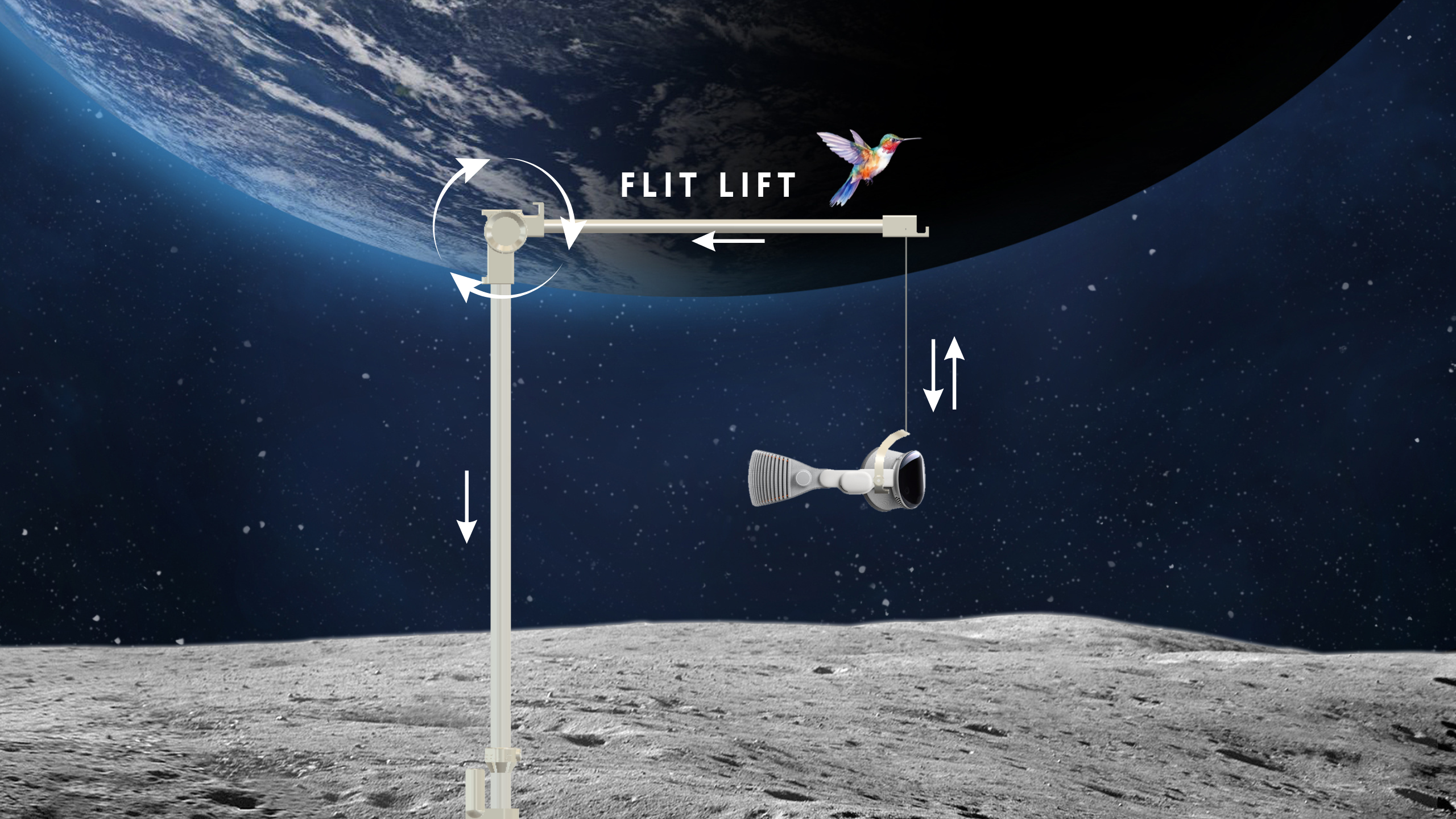

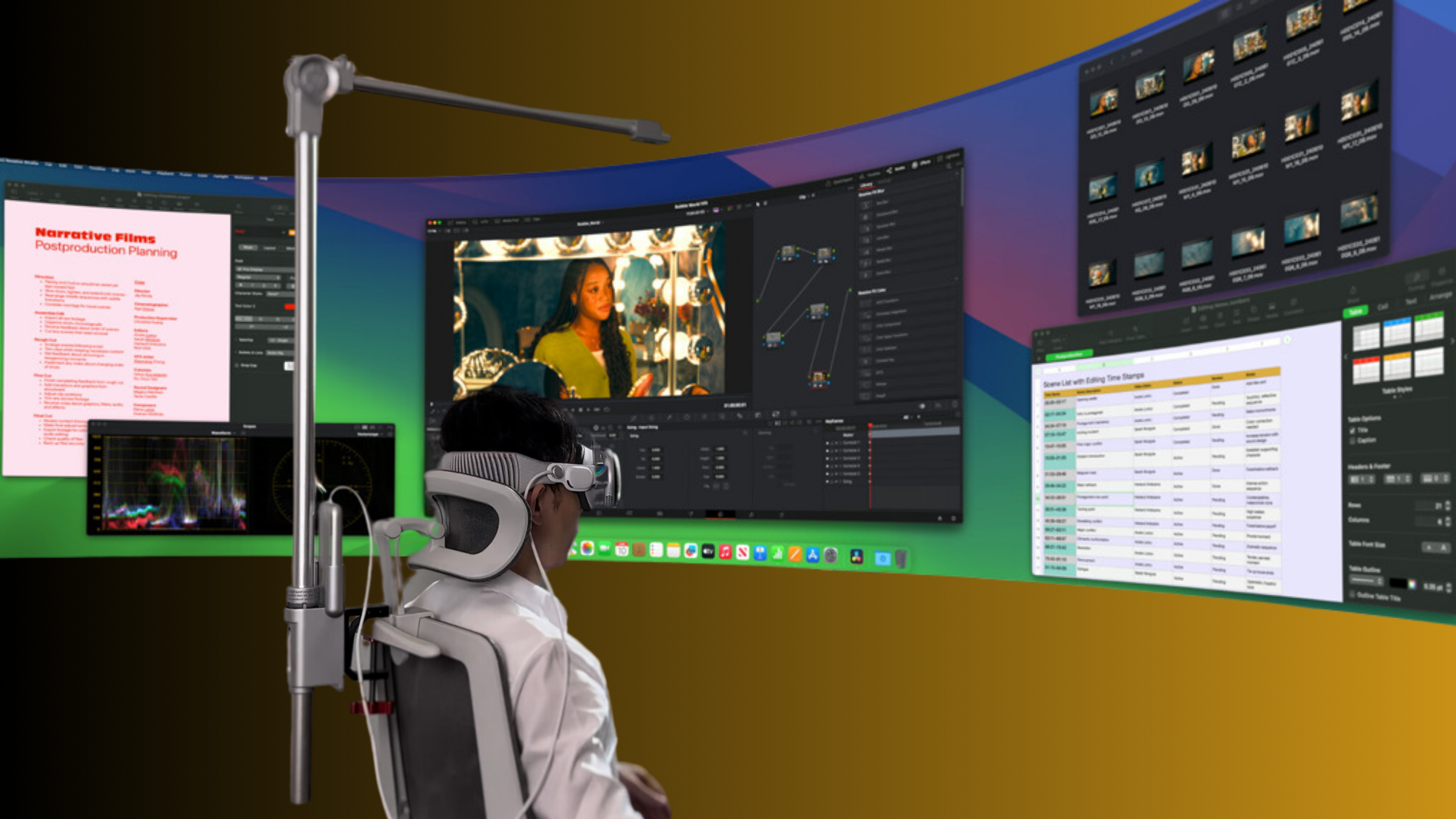

Compartir:
A side by side comparison: GraviPro balance boosts vs traditional counterweights